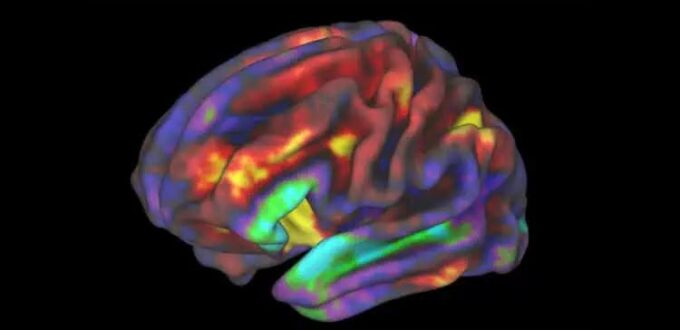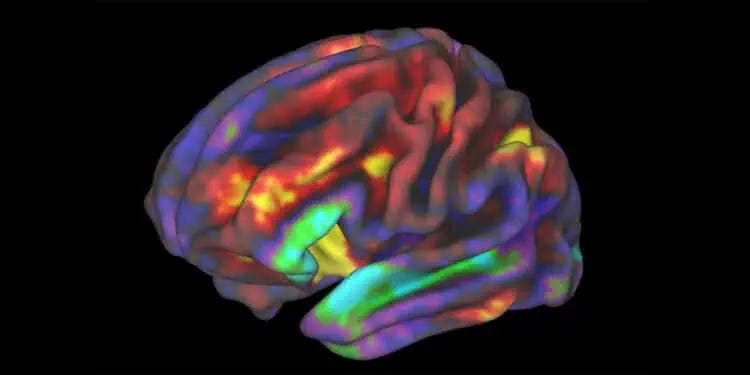A post by from the Language Log. Read this and other similar articles at www.languagelog.ldc.upenn.edu/nll/
Yann LeCun‘s evaluation of political versus linguistic errors:
His comment is no doubt meant as a joke, but it’s worth exploring the usage that bothers him.
To start with, the English word plummet has already been on a long morpho-syntactic and semantic journey (like nearly all other words). It started as a noun in Old French, plommet, the diminutive of plom “lead”, meaning “ball of lead, plumb bob“, referring to a (typically lead) weight attached to a “plumb line”. Wikipedia tells us that
The instrument has been used since at least the time of ancient Egypt to ensure that constructions are “plumb”, or vertical. It is also used in surveying, to establish the nadir (opposite of zenith) with respect to gravity of a point in space.
And also, used by sailors to estimate the depth of water.
The noun plummet, under various spellings, was borrowed into English as early the 14th century, and of course was also used metaphorically, as in this example from Shackerley Marmion’s 1632 play Hollands Leaguer:
And when I haue done, I’de faine see all your Artists,
Your Polititians with their Instruments
And Plummets of wit, sound the depth of mee.
And as always, the metaphorical extension got looser, to the point that the noun plummet came to be used to mean simply a “rapid fall” — though this usage seems to be relatively recent, with the OED’s first citation from 1957:
1957 After his plummet from fame, Keaton became a writer. Atchison (Kansas) Daily Globe
Also, like many other English nouns, plummet was soon used as a verb — though interestingly, the OED tells us that the first uses were transitive, connected to the depth-sounding sense of the noun:
1620 This ought to be the barre, cancell and limit of our too scrutinous nature, which often will assay to plummet the fathomlesse and bottomlesse sea of Gods most secret and hidden actions. T. Walkington, Rabboni
The (now more common) intransitive use, meaning (literally or figuratively) “To drop or fall rapidly or precipitously”, came a couple of hundred years later, with the OED’s first citation from 1845:
1845 Our capacity for delight plummeted. N. P. Willis, Dashes at Life with Free Pencil
OK, so what about the usage that bothered Yann LeCun:
In just 52 days, Trump has started a global trade war, plummeted the stock market, fired thousands of federal workers, slashed government funding, and sparked fears of a recession.
The author of that sentence has evolved plummet following the pattern of (the English version of) the causative-inchoative alternation:
The Causative/Inchoative alternation involves pairs of verbs, one of which is causative and the other non-causative syntactically and semantically (e.g., John broke the window vs. The window broke). In its causative use, an alternating verb is used transitively and understood as externally caused. When used non-causatively, the verb is intransitive and interpreted as spontaneous.
(Note that inchoative in this context means something like “change of state”, applied to the intransitive subject; and in the (transitive) causative version, the subject causes the object to the undergo the state change.)
There are many English verbs exhibiting this alternation — boil, melt, sink, open, bake, bounce, blacken, hang, close, cook, cool, dry, freeze, move, open, roll, rotate, spin, twist, shatter, thaw, thicken, whiten, widen, march, jump, …
And it’s common in English to extend this pattern to create a causative transitive verb from an intransitive inchoative one, as I did with evolve in an earlier sentence (though others have done this before me…).
But attempts at such extension don’t always go smoothly, and plummet is not the only example of possible failure. Thus fall is an intransitive inchoative verb, but “*Those actions are going to fall the market” doesn’t work. Why?
This post is already too long, so for now I’ll just direct you to Beth Levin and Malka Rapaport Hovav, “A preliminary analysis of causative verbs in English“, Lingua 1994:
This paper investigates the phenomena that come under the label ‘causative alternation’ in English, as illustrated in the transitive and intransitive sentence pair Antonia broke the vase / The vase broke. Central to our analysis is a distinction between verbs which are inherently monadic and verbs which are inherently dyadic. Given this distinction, much of the relevant data is explained by distinguishing two processes that give rise to causative alternation verbs. The first, and by far more pervasive process, forms lexical detransitive verbs from certain transitive verbs with a causative meaning. The second process, which is more restricted in its scope, results in the existence of causative transitive verbs related to some intransitive verbs. Finally, this study provides further insight into the semantic underpinnings of the Unaccusativity Hypothesis (Perlmutter 1978).
Among other things, they note the difference between “verbs of manner of motion such as roll, run, jog, and bounce“, which have causative counterparts, and “verbs of directed motion such as come, go, rise, and fall“, which don’t. You can read the paper to learn their theory of why this matters — but we can note that the intransitive verb plummet is arguably in between those categories, interpretable either way.
None of the dictionaries that I’ve checked have a causative-transitive sense for plummet = “cause to fall rapidly”, and I don’t think I’ve ever heard or read it — but it wouldn’t be a shock to find other examples, and it’s also understandable that it would trigger someone’s “wrong!” reaction.




